
Preventing falls in older age could be as fun as dancing them away, new research shows. Researchers found a 31% reduction in falls and a 37% reduction in fall risk for those aged 65 and older when reviewing clinical trials on “dance-based mind-motor activities” from around the world. “We were positively surprised by the consistency of our results,” said study author Michèle Mattle, a movement scientist and doctoral candidate at the University of Zurich, in Switzerland. “Although previous research in the field of falls prevention and exercise was suggesting that interventions, including multitasking activities, are promising falls-prevention strategies, it was unclear if dance-based mind-motor activities would lead to comparable results,” she said. Dance-based mind-motor activities are those that have upright movements that emphasize balance and use music or an inner rhythm, such as breathing, according to the study. They include instructions or choreography, as well as social interaction. Tai chi meets those criteria, in addition to a variety of dance-based activities, including ballroom and folk dancing. Though dance was often suggested as a good fall-prevention activity for older adults, there was not previously evidence for that, Mattle said. The review only found an association between dance and mobility, balance and lower body strength, not a cause-and-effect relationship. It also concluded there is a need for more high-quality trials on dance. Tai chi is an activity… read on >










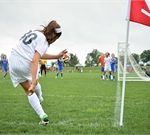

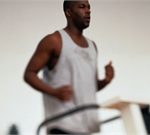
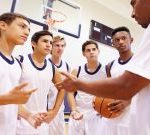
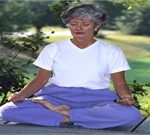
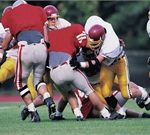
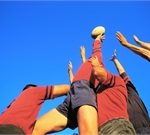
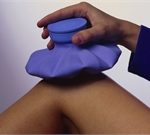











-300x200.jpg)







-300x169.jpg)
